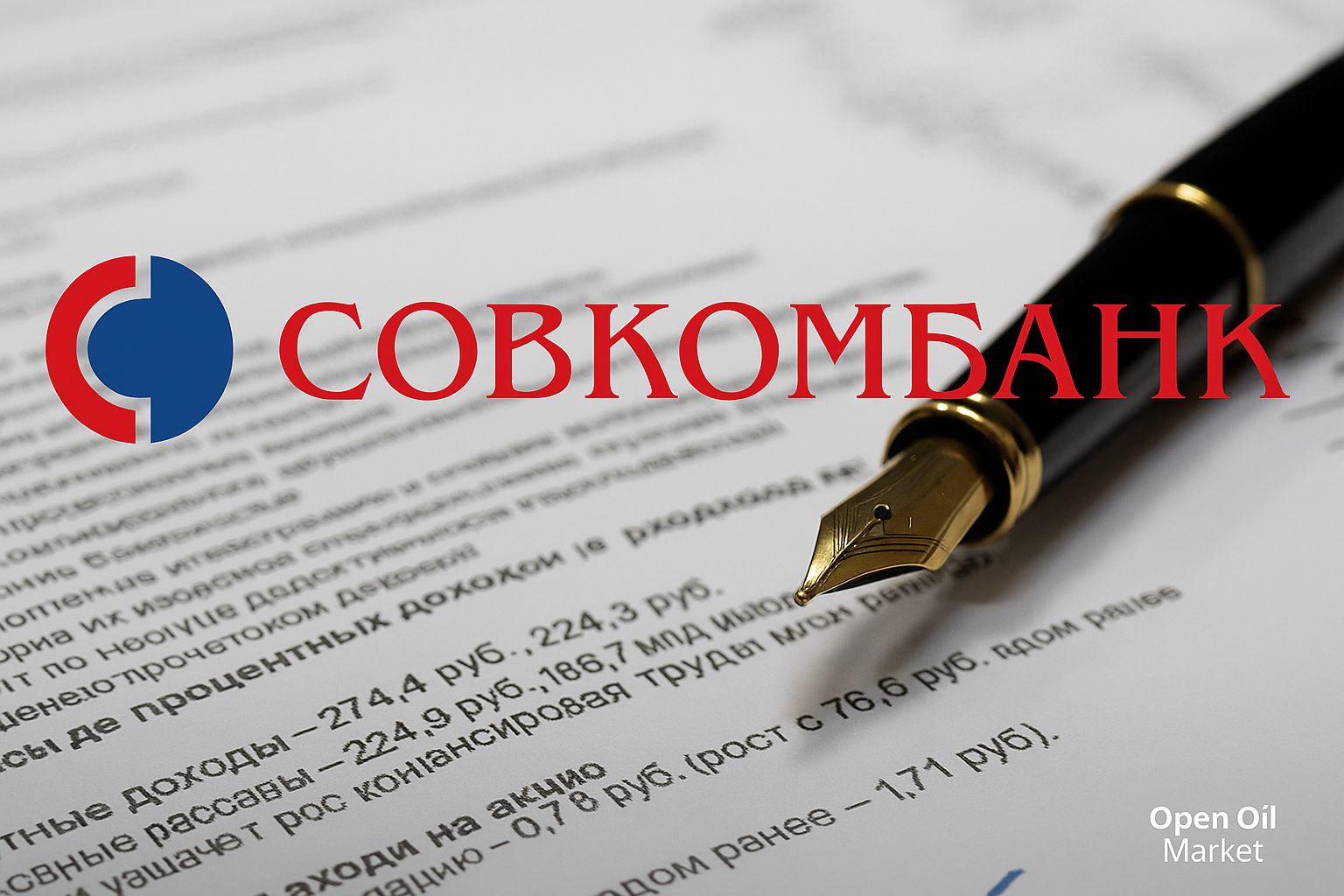US BTC Reserve Without Purchases or Sales: What Bessent's Position Means for the Crypto Market and Gold
Essence of the Statements
Bessent has outlined the framework for the future policy regarding the US BTC reserve: there will be no purchases of cryptocurrency, the government intends to utilize confiscated assets, and no sales of BTC are planned. He emphasized that gold will not be revalued for the sake of BTC and will remain the key reserve asset of the US. For investors, this sets a clear configuration of demand and supply for bitcoin and solidifies gold's status as a foundational collateral for financial stability.
Context of the Discussion
Previously, a budget-neutral strategy was discussed, under which the US could finance the BTC reserve by selling part of its gold reserves. Noteworthy proponents of the idea—Michael Saylor and Senator Cynthia Lummis—had called for an exchange of gold for bitcoin. Bessent's position closes off this option: gold remains the core of reserves, and the infrastructure for the crypto reserve is built on confiscated BTC without market purchases and sales.
Mechanics of the "No Purchase Reserve"
- Asset Source: confiscated BTC are transferred to state custody following law enforcement actions.
- Custody and Management: a multi-tiered storage scheme, chain tracking audit, and reporting are likely.
- Market Impact: the absence of government purchases reduces the risk of ramped-up demand, but the moratorium on sales decreases supply pressure.
Implications for BTC and ETH
For bitcoin, the neutrality regarding purchases and the refusal to sell imply a stabilizing effect on supply in the medium term: the state reserve does not create market overhang. For Ethereum, indirect support is significant—regulatory “normalization” of crypto assets reduces the legal risk premium in the multipliers of infrastructure projects and L2 tokens.
The Role of Gold: Status Quo and Market Signal
- Anchor of Reserves: gold maintains its function as insurance against currency and credit risk.
- Asset Balance: the refusal to revalue gold for the sake of BTC keeps the balance of "traditional reserves ↔ crypto" within conservative limits.
- Portfolio Conclusion: for global investors, gold remains a “core holding,” while BTC is seen as a supplementary risk-premium asset.
Scenarios for 2025
- Base Case: confiscated BTC accumulate on balances without participating in trades; volatility decreases, and market supply remains unchanged.
- Infrastructure Expansion: reporting standards and custody enhance the legitimacy of digital assets; institutional interest in BTC and ETH grows.
- Harsh Scenario: stricter compliance increases transaction costs and short-term volatility in the crypto market.
Risks and Legal Constraints
- Legal Tracing: verification of the origin and purity of coins.
- Operational Risks: custodial procedures, key infrastructure, cybersecurity.
- Political Factor: changes in priorities may affect reserve management regulations.
What This Means for Liquidity and Prices
The absence of market purchases by the government alleviates expectations of “government demand” as a driver of prices. However, the non-sale of confiscated BTC removes a potential source of price pressure and effectively reduces circulating supply. Altogether, this supports the notion of structural maturity of BTC with lower volatility and deeper liquidity.
Monitoring Benchmarks
- Balance data on confiscated digital assets and their accounting format.
- Regulatory documents on custody and reporting of crypto assets in government sectors.
- Spreads and implied volatility for BTC/ETH, share of over-the-counter transactions, dynamics of futures basis.
Portfolio Conclusion
The position of “no purchases and no sales” for BTC while keeping gold at the core of US reserves represents a compromised status quo that reduces regulatory uncertainty and normalizes the perception of crypto assets without distorting demand. For investors from the CIS countries, a moderate strategic allocation to BTC and ETH within a diversified portfolio is prudent, adhering to risk discipline: phased entry, volatility limits, and regular reassessment of assumptions based on macro and regulatory signals.
